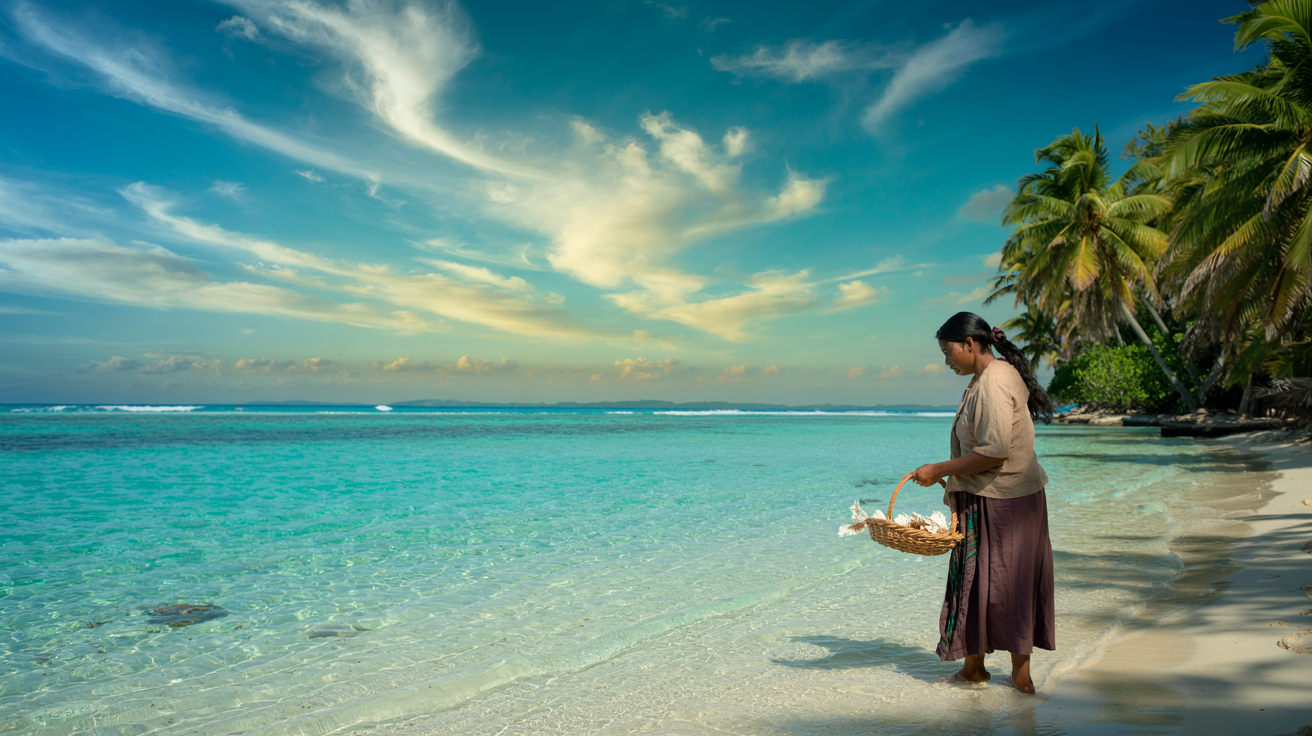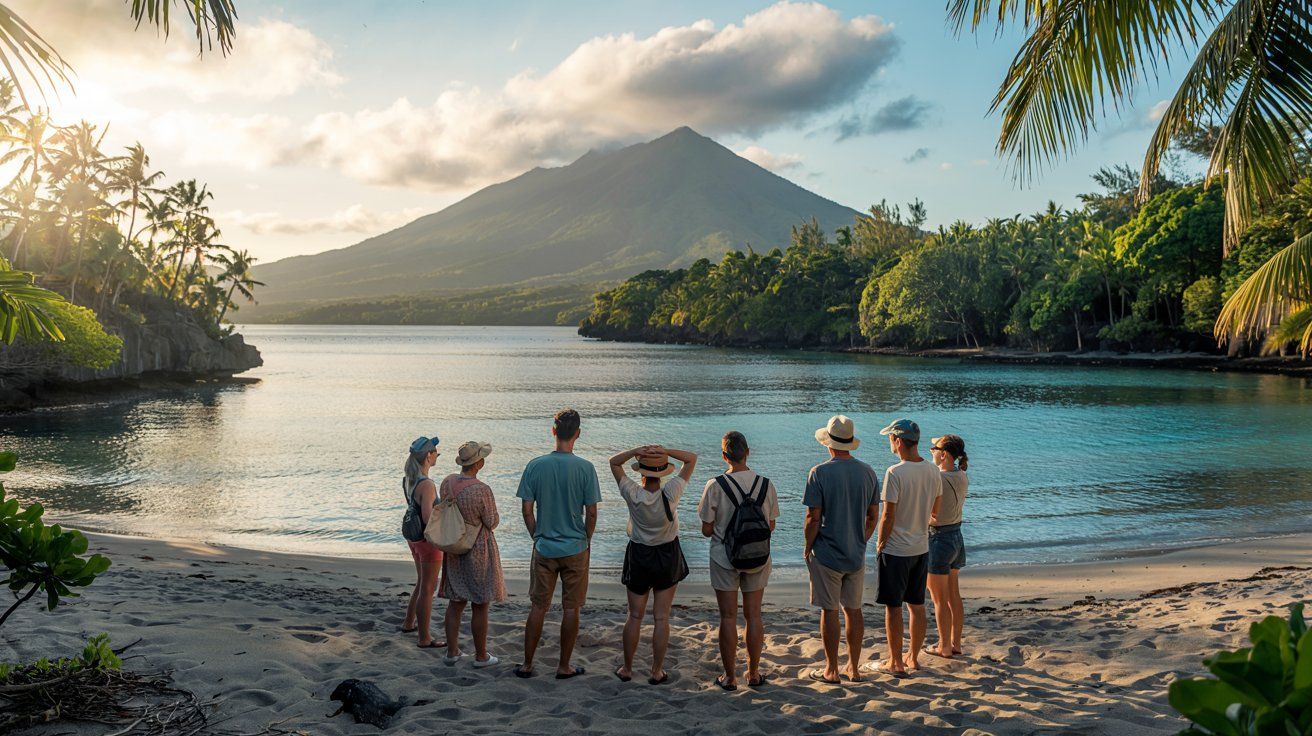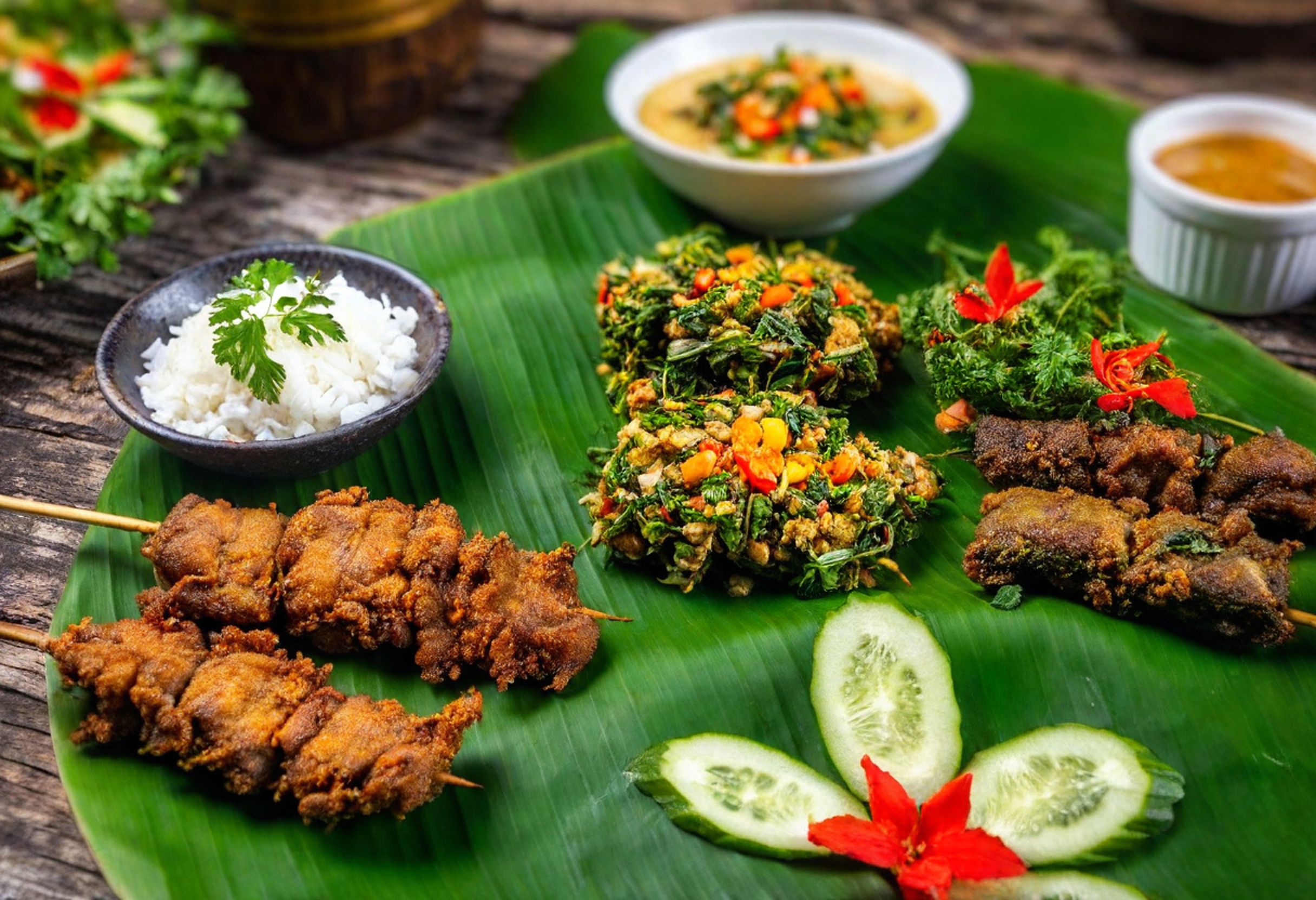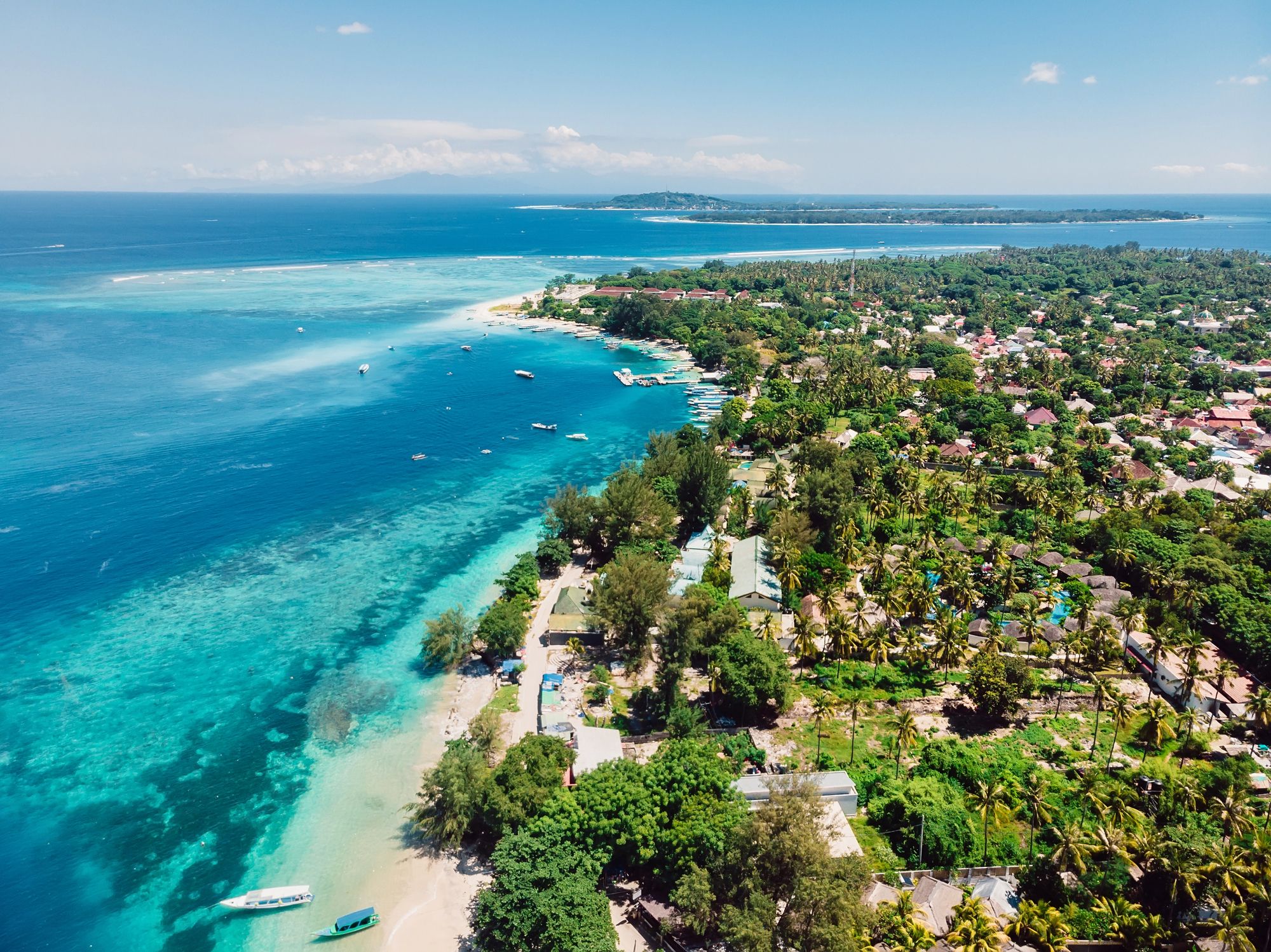Natural disasters are a sobering reminder of the power of our planet.
Recently, Tonga—a beautiful island nation in the South Pacific—was shaken by a significant earthquake. This prompted brief interruptions to daily life as residents evacuated.
While miraculously there were no casualties or severe structural damage, the earthquake highlighted Tonga’s position on the Pacific Ring of Fire. It underscored the region’s vulnerability to such events.
For travelers fascinated by the Pacific Islands and their natural dynamics, this event serves as another insight into the importance of preparedness and resilience in these enchanting, yet exposed destinations.
7.0 Magnitude Earthquake Rocks Tonga’s Main Island
The earthquake struck just before dawn on March 31, 2025, with a magnitude of 7.0. Its epicenter was 100 kilometers (62 miles) northeast of Tonga’s main island.
The quake occurred at a depth of 29 kilometers (18 miles), causing strong and prolonged shaking in Nuku’alofa, the country’s capital. Distinctly felt by residents, the tremor dislodged items from shelves and walls and made standing difficult.
Athlete Pita Taufatofua shared observations on social media, describing the intense, ground-shaking moments.
Quick Evacuation and Timely Alerts
The Pacific Tsunami Warning Center issued a warning shortly after the earthquake was detected.
Responding swiftly, sirens blared across coastal areas as residents moved to higher ground.
The tsunami risk was taken seriously, with safety taking precedence for the thousands of people living near vulnerable coastlines.
However, it wasn’t long before the warning was canceled due to minor sea disturbances that posed no immediate danger.
Thankfully, disaster management authorities reported no casualties or structural damage, providing relief to the community.
Aftershocks and Tonga’s Challenges
Just hours after the initial earthquake, a second tremor measuring 6.1 struck in the same area.
While its intensity was marginally lower, it served as a stark reminder of the dynamic geological forces at work in Tonga.
The Pacific Ring of Fire—a highly seismic region where tectonic plates collide—is home to Tonga’s 171 islands. This geographical positioning makes earthquakes and tsunamis frequent occurrences for the nation’s 100,000 residents.
A Historic Perspective
This earthquake is the latest in a series of seismic events impacting Tonga. It comes three years after the tragic 2022 tsunami, which followed a massive volcanic eruption.
That disaster claimed three lives, displaced thousands, and ravaged communities across Tonga and neighboring Pacific islands.
Such incidents highlight the importance of disaster readiness in this part of the world.
Traveling Responsibly in Seismically Active Regions
Tonga may lie on the volatile Pacific Ring of Fire, but this doesn’t detract from its natural beauty or cultural richness.
However, travelers heading to seismically active destinations like Tonga—or the nearby island paradise of Vanuatu—should consider certain precautions.
While such regions thrive on tourism, readiness is key to ensuring safety while appreciating their unique locales.
Key Tips for Traveling in Earthquake Zones
- Research and Preparation: Familiarize yourself with emergency protocols and evacuation routes relevant to the areas you’re visiting. Know where higher ground is located.
- Stay Informed: Sign up for local alerts or updates. The Pacific Tsunami Warning Center and national disaster offices regularly offer timely information during seismic activities.
- Choose Accommodations Wisely: Opt for hotels that prioritize safety with earthquake-resistant construction and clear evacuation plans.
- Pack Essentials: Always keep a small emergency kit with water, snacks, and basic supplies during your travels in earthquake-prone regions.
Tying Back to Vanuatu: Another Jewel of the South Pacific
For travelers intrigued by Tonga’s recent seismic activity, Vanuatu offers a similarly fascinating destination.
Positioned on the Pacific Ring of Fire like Tonga, Vanuatu is home to active volcanoes such as Mount Yasur, pristine beaches, and rich Melanesian culture.
However, its susceptibility to earthquakes and tsunamis means that travelers should approach their visit with both respect for nature and readiness for emergencies.
Despite its natural risks, Vanuatu—like Tonga—thrives on resilience and beauty.
From adventure-experiences/”>exploring underwater wrecks to learning about local disaster preparedness, Vanuatu offers the chance to connect deeply with the power of the Earth while enjoying a slice of South Pacific paradise.
By traveling responsibly, visitors to Vanuatu can ensure both their safety and the continued support of these incredible destinations.
Always stay informed—and never let the raw beauty of the South Pacific escape your adventure bucket list.
Here is the source article for this story: A 7.0 earthquake causes slight damage in Tonga and brief tsunami evacuations








